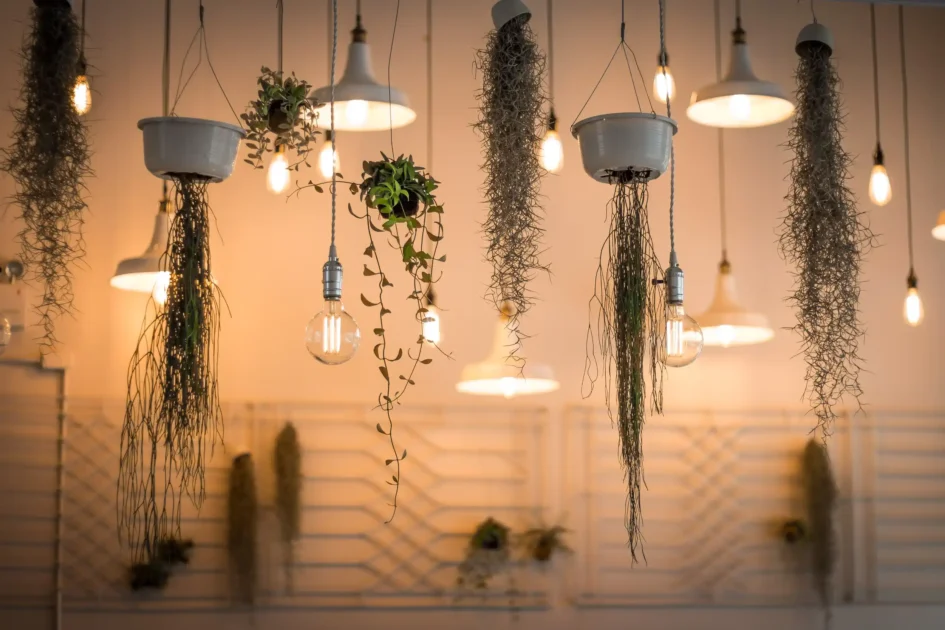Do you cringe every time you receive your electricity bill? Do you feel guilty about the amount of energy you use and its impact on the environment? Well, you are not alone. We all want to save money and protect the planet, but it can be overwhelming to know where to start. Fortunately, one simple change can make a significant difference: switching to energy-saving light bulbs.
In this article, we will explore the benefits of energy-saving light bulbs, the different types available, and how to choose the right one for your home. By the end of it, you will have all the information you need to let your wallet and the environment breathe a little easier.
What are the benefits?
- Lower Electricity Bills: Energy-saving light bulbs use up to 80% less energy than traditional incandescent bulbs. That means you can save a considerable amount of money on your electricity bills.
- Longer Lifespan: Energy-saving light bulbs last up to 25 times longer than traditional bulbs, which means less money is spent on replacements.
- Environmentally-Friendly: Energy-saving light bulbs produce less carbon dioxide than traditional bulbs, which reduces your carbon footprint and helps protect the environment.
Types of Energy-Saving Light Bulbs
LED Bulbs
LED bulbs are the most popular and energy-efficient option. They use up to 80% less energy than traditional bulbs and can last up to 25 years. They are available in a range of colours and are suitable for most lighting fixtures.
CFL Bulbs
CFL bulbs are another popular option. They use up to 75% less energy than traditional bulbs and can last up to 10 years. They are available in a range of shapes and sizes and are suitable for most lighting fixtures.
Halogen Bulbs
Halogen bulbs are a type of incandescent bulb that uses up to 30% less energy than traditional bulbs. They have a longer lifespan and are available in a range of colours.
Fluorescent Bulbs
Fluorescent bulbs, also known as tube lights, are commonly used in commercial and industrial settings. They are highly energy-efficient, use up to 75% less energy than traditional bulbs, and can last up to 20,000 hours. They come in a variety of sizes and are suitable for a wide range of applications, from task lighting to general room lighting. Fluorescent bulbs are also available in different colour temperatures, ranging from warm white to cool daylight, to suit different lighting preferences.
How to Choose the Right Energy-Saving Light Bulb
- Wattage: they come in different wattages, so make sure you choose one that is suitable for your fixture.
- Colour Temperature: they come in different colour temperatures, which can affect the mood and ambience of a room. Warm light (yellow) is suitable for bedrooms and living rooms, while cool light (white) is suitable for kitchens and bathrooms.
- Lumens: Lumens measure the brightness of a bulb. Choose a bulb with the appropriate lumens for your fixture and room size.
FAQs
Q: Do energy-saving light bulbs take longer to light up?
A: No, this kind of lights light up instantly.
Q: Can they be used with dimmer switches?
A: Yes, but make sure you choose a bulb that is compatible with your dimmer switch.
Q: Are energy-saving light bulbs more expensive than traditional ones?
A: Yes, energy-saving light bulbs are generally more expensive than traditional ones, but they last longer and save you money in the long run.
Conclusion
Switching to energy-saving light bulbs is an easy and effective way to save money and protect the environment. They are available in different types, colours, and wattages, so you can find the perfect one for your home. With their long lifespan and energy efficiency, energy-saving light bulbs are a smart investment that will let your wallet and the environment breathe a little easier.
This is not a sponsored post, in fact just a guideline from MostReviewed.co.uk
